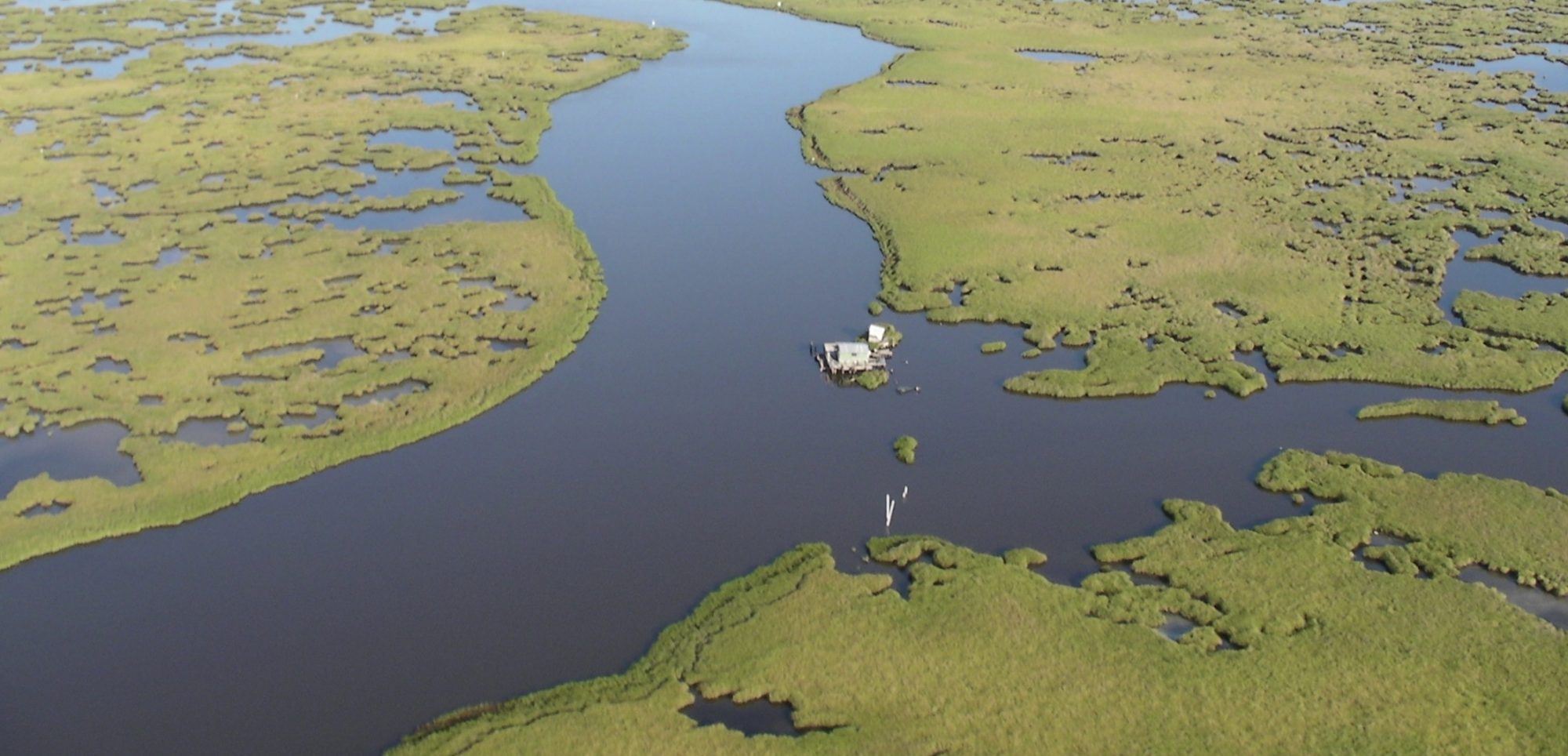“Thanks to support from the Wetland Foundation I was able to visit 17 field sites to validate my model which looks to remotely identify riparian forested wetlands in the Mohawk River Watershed of eastern New York. My field surveys included plot sampling to document species composition, soil and hydrology characterization, and a condition assessment. This information is being used to evaluate the utility of my model as a spatial tool supporting riparian research and restoration. In addition, I am exploring the variability of these important communities to support reclassification that would adequately represent several distinct subtypes believed to occur within the single broad group used by New York at present.
Though my findings are still preliminary at this time, I would like to share a few key results. First, model evaluation has highlighted several important considerations such as the complexity of flood modeling in areas that have undergone significant disturbance such as earth moving and the importance of high-resolution canopy cover data. Out of the 17 sites selected for field visits only two could not be classified as riparian forests, both as a result of human disturbance. At one, the surveyed area has been artificially separated from the river floodplain and the other is situated on regenerating agricultural land where tree species have not matured enough to be considered forest. Second, my analysis of species composition supports the separation of three community groups and two of these appear to corroborate previously suspected types for the state.
I am currently finishing up my master’s thesis with plans to defend spring of 2024. I intend to publish my findings upon graduation and look forward to acknowledging the Wetland Foundation for their support. Please accept my heartfelt thanks for this funding and know that it played a crucial part in the success of my research project.”

